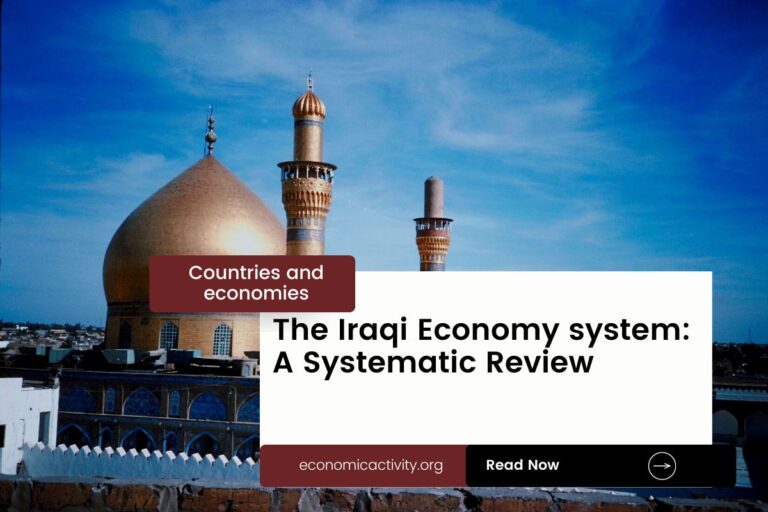What is the economic system of Romania? The economy of Romania is based on a mixed economy. The country’s economic system combines elements of a market economy and a planned economy.
Romania’s economy is diverse, with key sectors in manufacturing, information technology, and agriculture. It’s a leading EU producer of automobiles, software, and crops like wheat and corn. Additionally, the country has a strong tourist sector.
In Romania, the economy is composed of a private sector, consisting of individuals and businesses that make autonomous decisions based on self-interest, and a public sector, where the state determines the production and distribution of certain goods and services. No country is purely capitalist or purely communist.
What do the freedom indexes tell about the economic system of Romania?
Now, to determine if a country is mostly a market economy or a planned economy, it is useful to examine some economic indexes. For instance, according to the 2022 Index of Economic Freedom, which measures the ability of every human to control his own labor and property, Romania is ranked 47th globally and 28th in Europe indicating that the country has a moderately free economy.
In a similar way, the 2022 Freedom House index evaluates the state of political rights and civil liberties globally. Generally, market economies tend to align more with democracy and freedom, while command economies tend to be characterized by greater state control and fewer democratic and civil liberty protections. Romania gets a score of 83/100, which qualifies it as Free.
Romania is a country where the government does not control what people do for political reasons, and people have the freedom to choose (what, how much, and how to produce, whether to buy or not, selling price, etc.)
The Link Between Public Sector Employment and the Economic System of Romania
An indicator of the extent to which the State is involved in the economy is the number of public sector employees. In Romania, according to ILOSTAT, the number of public sector employees as a percentage of the total workforce is 16.0% (2019).
In the country’s mixed economy, the number of public sector employees as a percentage of the total workforce varies based on the specific policies and practices adopted by the State.
Some economic activities are left to the private sector while others are under government control. The bigger the public sector the closer the economy is to being a command economy.
What do the biggest companies in Romania say about the country’s economic system?
The biggest company in Romania should also be looked at, as well as whether it is a state-owned or private company. In this case, Dacia SA is a Romanian car manufacturer, producing affordable vehicles for the European market. The company is owned by the French car manufacturer Renault. It acquired Dacia in 1999, and since then, it has become one of the company’s most successful subsidiaries.
The historical factors that have influenced the economic system of Romania
The mixed economy system of Romania is the result of a combination of factors, including the country’s transition from a centrally planned economy to a market-based system, the influence of foreign investment, and the adoption of free-market policies. These changes have resulted in a more open and competitive economy, with increased access to global markets and increased economic growth.





Leave a Reply